Best 12-Day Annapurna Circuit trek Itinerary : Could be the best refrence for Safe & Easy for First-Timer
Short on time, big on mountains? This expert-written annapurna circuit 12 day itinerary blends smart acclimatization, big-view balcony trails, and a focused push over Thorong La Pass (5,416 m). Below you’ll find a day-by-day plan, realistic budget in USD + NPR, permits, logistics, packing, safety, and FAQs—everything you need for a confident annapurna circuit trek 2026.
Quick Answer
Can beginners do an annapurna circuit 12 day itinerary?
Yes. It’s realistic for fit first-timers who add one acclimatization day and use selective jeep transfers to skip long road sections. Expect one demanding summit day over Thorong La (5,416 m). With early starts, steady pacing, and a buffer day, the thorong la pass trek is a safe, unforgettable challenge.
💡 Pro Tip: New to altitude? Compare strategies across Nepal’s big routes in High-Altitude Trekking: Manaslu vs Everest vs Annapurna.
Annapurna Circuit 12-Day Itinerary — Overview
- Total distance: ~140–160 km in 12 days (with selective transfers)
- Highest point: Thorong La Pass (5,416 m)
- Daily walking: 4–8 hrs (pass day 8–12 hrs)
- Annapurna circuit difficulty: Moderate → strenuous (altitude + one big day)
- Best months: Oct–Nov, Mar–Apr
- Permits: ACAP (via NTNC) + TIMS (via TAAN)
- Typical budget: US$35–60/day (backpacker); US$70–120/day (with guide/porter)
Check a ridge forecast before pass day on Mountain-Forecast and review altitude basics at CDC: High Altitudes. For a broader seasonal view, read our country primer: Trekking in Nepal 2026/2027 — Ultimate Guide.
Day-by-Day Plan (12 Days)
Day 1 — Kathmandu → Besisahar → Jagat/Chamje (1,300–1,430 m)
Travel: Bus/private car to Besisahar (5–6 hrs), then local jeep to Jagat or Chamje.
Why start here: Cooler, quieter, and a smoother launch next morning.
Do: Short leg-stretcher, hydrate, early night.
Day 2 — Jagat/Chamje → Dharapani (1,860 m)
Time: 5–6 hrs via the broad river terrace of Tal. Expect stone steps, suspension bridges, and mule trains—step to the wall to pass. Lunch in Tal; refill with treated water.
Day 3 — Dharapani → Chame (2,670 m)
Time: ~6 hrs through pine forest and apple orchards. Hot springs near Chame soothe legs. Best stop to top up devices (Wi-Fi/charging).
Day 4 — Chame → Upper Pisang (3,300 m)
Time: 5–6 hrs. Take the upper trail after Dhikur Pokhari. It’s steeper but rewards you with a panoramic amphitheater of the Annapurnas and better acclimatization.
Day 5 — Upper Pisang → Ghyaru → Ngawal/Braka (3,600–3,750 m)
Time: 5–6 hrs on a high balcony path with grand views. The switchbacks to Ghyaru are memorable. Sleep in Ngawal or Braka (quieter than Manang, still convenient).
Day 6 — Acclimatization in Braka/Manang (3,540–3,750 m)
Plan: “Climb high, sleep low.” Options: tea-view at Praken Gompa or a viewpoint above Ice Lake. This acclimatization day is non-negotiable for first-timers.
Day 7 — Manang → Yak Kharka (4,050 m)
Time: 3–4 hrs, gentle ascent. Keep a conversational pace; if speaking in full sentences is tough, slow down. Early dinner, warm layers.
Day 8 — Yak Kharka → Thorong Phedi (4,540 m)
Time: ~3 hrs. If you sleep well and feel strong, you may push to High Camp, but most first-timers rest better at Phedi.
Day 9 — Thorong Phedi → Thorong La (5,416 m) → Muktinath (3,760 m)
Time: 8–12 hrs—the big day on this annapurna circuit 12 day itinerary. Start 4–5 a.m.; layer early; micro-breaks every 20–30 minutes. Hot tea at High Camp. Descend carefully to Muktinath; switchbacks can be dusty or icy.
Day 10 — Muktinath → Jomsom (2,720 m)
Time: 5–6 hrs along the Kali Gandaki. Afternoon winds are strong—begin early. If legs are toast, take a jeep.
Day 11 — Jomsom → Pokhara
Fly to Pokhara (weather permitting) or drive via Tatopani/Beni. Celebrate lakeside with dal bhat and a well-earned bakery stop.
Day 12 — Buffer / Pokhara → Kathmandu
Keep a buffer day for weather/road delays. Return to Kathmandu by flight or bus.
Costs & Budget (USD + NPR)
- Permits: ACAP + TIMS (~US$40–50; pay in NPR)
- Rooms: NPR 500–1,500 per twin above Chame
- Meals: NPR 700–1,600 per meal; more above 4,000 m
- Extras: Hot shower/charging NPR 100–400 per use
- Guide: US$25–40/day; Porter: US$18–28/day
- Transport: KTM→Besisahar NPR 800–1,500; Jomsom flight ~US$100–140
| Item | USD | NPR (approx.) | Notes |
|---|---|---|---|
| ACAP + TIMS | $40–50 | 5,300–6,600 | Carry passport copies & photos |
| Room (above Chame) | $4–12 | 500–1,500 | Higher at altitude/peak |
| Meal (dal bhat/sets) | $5–12 | 700–1,600 | Fuel up for pass day |
| Hot shower / charging | $1–3 | 100–400 | Per device/use; ask first |
| Guide (per day) | $25–40 | 3,300–5,300 | Licensed, insured recommended |
| Porter (per day) | $18–28 | 2,400–3,700 | Fair loads 15–20 kg |
| Transport | — | — | KTM→Besisahar 800–1,500; Jomsom flight $100–140 |
Thinking of a shorter ridge walk? Compare costs in our Best Mardi Himal Trek Cost in 2025.
Best Time & Weather
- Oct–Nov: Crisp skies, cool nights, busy teahouses. Book Manang early.
- Mar–Apr: Blossoms + stable weather; occasional spring wind on the pass.
- Dec–Feb: Cold & quiet; storms can close the pass; experienced winter trekkers only.
- May–Sep: Hot lower valleys, cloud build-up, monsoon risk in gorges.
For rolling conditions, see our weekly update: Nepal weather forecast this week.
Permits & Logistics
Annapurna trekking permit checklist:
Bring passport copies, ID photos, and cash (NPR). Connectivity: NTC/Ncell intermittent; most lodges sell Wi-Fi tokens. Insurance: Ensure coverage above 5,000 m and helicopter evacuation.
If you’re comparing open vs. restricted regions, read our Manaslu Trek Permits 2025 — Complete Guide for RAP rules—useful context when weighing annapurna vs manaslu trekking.
Getting There & Away
Start: Kathmandu → Besisahar by tourist bus or private car (5–6 hrs), then local jeep to Jagat/Chamje.
Finish: From Jomsom, fly to Pokhara (weather allowing) or drive via Tatopani/Beni. From Pokhara, fly/bus to Kathmandu.
Time-saving note: Using an annapurna circuit with jeep transfer is standard for 2026 travelers on tight schedules; save energy for the balcony trails and pass day.
Packing & Gear
- Layers: Broken-in boots, liner socks, base layers, fleece midlayer, windproof/rain shell, down jacket; thermal leggings for pass morning.
- Sleep & safety: Sleeping bag 0 to −10°C comfort + liner; headlamp + spare batteries; first aid (blister kit, pain relief, ORS); water treatment (filter/tablets).
- Trail tools: Trekking poles; power bank (≥10,000 mAh); universal plug; 1–2 L bottles/soft flasks; electrolytes; calorie-dense snacks.
- Seasonal add-on: Compact micro-spikes in shoulder seasons for early-morning ice above 4,500 m.
Alt text suggestions for your images: “Thorong La Pass prayer flags at sunrise — annapurna circuit trek 2026”; “Upper Pisang balcony trail with Annapurna II panorama — annapurna trek guide”.
Safety & Altitude
Acclimatization that works
- “Climb high, sleep low” (Day 6 in Braka/Manang is mandatory for beginners).
- Hydrate 3–4 L/day; eat hot meals; pace conservatively.
- Watch for AMS: persistent headache, nausea, poor sleep, appetite loss. If symptoms worsen, descend.
Pass day protocol
- Start 4–5 a.m. with headlamp; layer early.
- Micro-breaks every 20–30 minutes; protect hands/face from windchill.
- If weather turns (whiteout/ice/high winds), turn back—there’s always another window.
Guide or independent?
A licensed guide improves safety margins, manages lodge holds, and helps adapt when the annapurna circuit weather surprises you. For first-timers at altitude, it’s the smartest spend of the trip.
FAQs
Is the trail easy to follow?
Mostly yes. Junctions are signed, but carry offline maps/GPX for fog or snow.
What’s the true annapurna circuit difficulty?
Moderate with one strenuous day (Thorong La). Respect altitude and pace smartly.
Do I need micro-spikes?
Not in perfect Oct/Apr weeks; very useful in shoulder seasons for icy mornings above 4,500 m.
How much cash should I carry?
NPR 70,000–120,000 for 12 days, depending on style, plus an emergency float. Many lodges are cash-preferred.
Can I rent gear in Kathmandu?
Yes—sleeping bags, down jackets, poles. Test zippers and warmth ratings before you leave the shop.
Is it safe to trek alone?
Many do, but for 2026 conditions we recommend a partner or a licensed guide—especially for the big pass day.
Conclusion & Next Steps
Handled with smart pacing and a touch of boldness, the annapurna circuit trek 2026 offers everything a Himalayan journey should: monastery bells at dusk, apple-pie villages under glacier-cut peaks, and the quiet triumph of crossing Thorong La at first light. Use this annapurna trek guide to shape your 12-day itinerary, budget wisely, and pack with intent.
Keep planning with Travelling Nepal
- Compare routes in our Manaslu Trek Permits 2025 Guide
- Read the big-picture primer: Trekking in Nepal 2026/2027 — Ultimate Guide
- See how Annapurna stacks up: High-Altitude Trekking: Manaslu vs Everest vs Annapurna
- Considering a shorter ridge walk? Best Mardi Himal Trek Cost in 2025
- Need a tailored plan or guide/porter? Contact Travelling Nepal
Share this content:


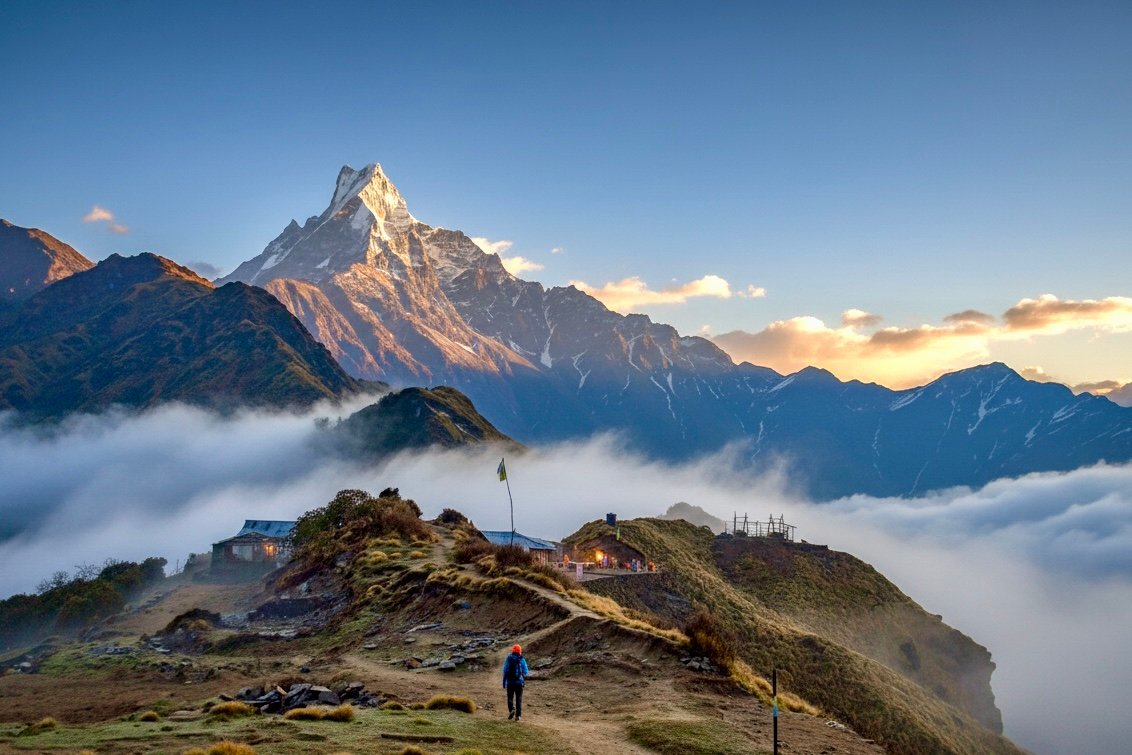
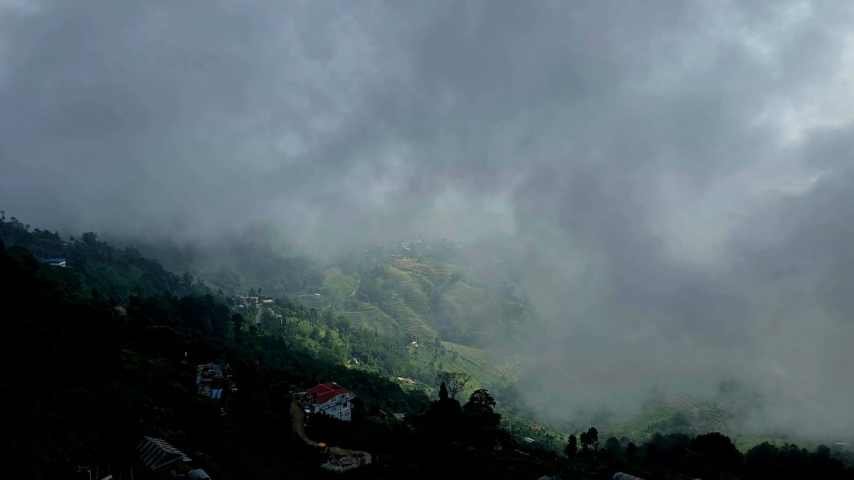
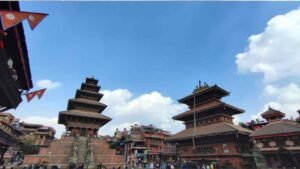
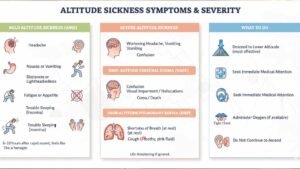
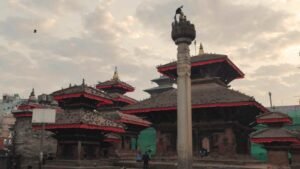
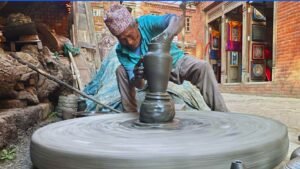
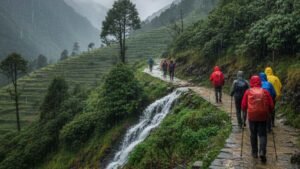
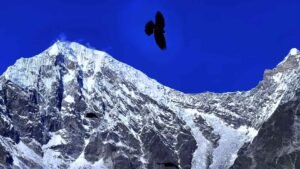
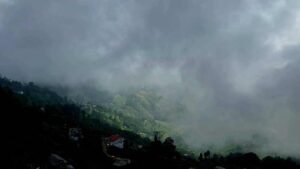

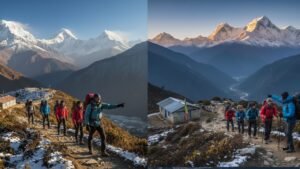
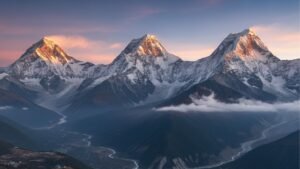
Post Comment